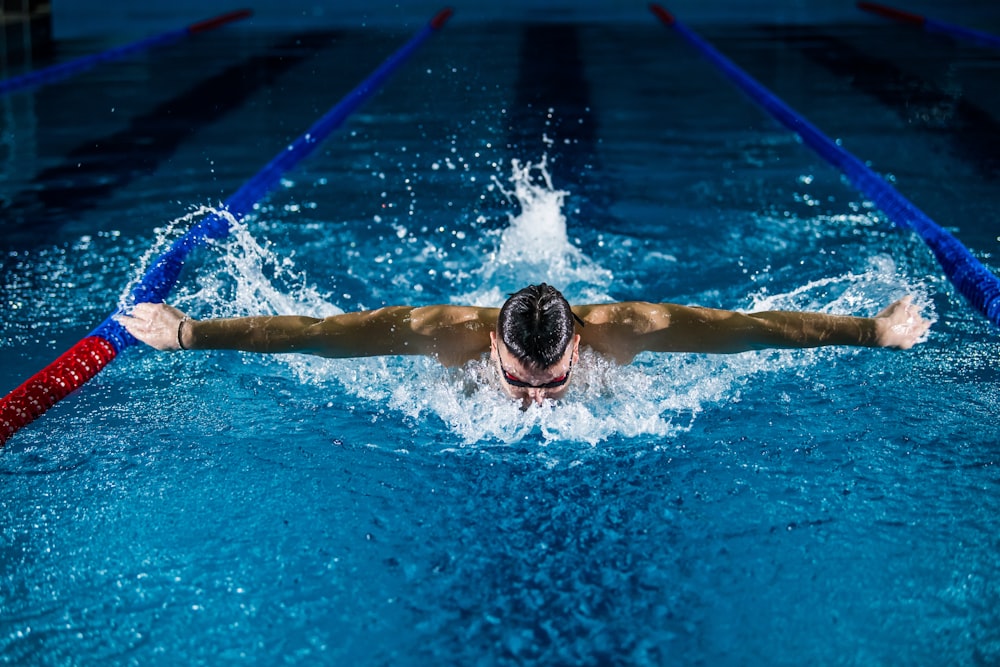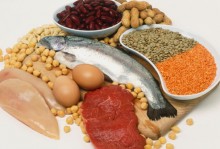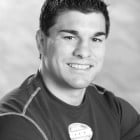MAKE A SPLASH
THIS SUMMER

Join Now For $0 Enrollment!
Learn MorePosted
 As a personal trainer and future healthcare provider a question that comes up a lot is how to optimize fat burning during a workout. Lipolysis is the medical term for fat burning and it refers to the metabolism of fatty acids into energy that can be used by individual cells of the body. Lipolysis can be achieved by both resistance exercise and cardiovascular exercise. The former is true since muscle contributes significantly to your resting metabolic rate, which is the energy expended to maintain all bodily functions at rest. So what types of exercise should you be doing? The simple answer is both resistance exercise (i.e weights, machines, resistance bands) and cardio exercise.
As a personal trainer and future healthcare provider a question that comes up a lot is how to optimize fat burning during a workout. Lipolysis is the medical term for fat burning and it refers to the metabolism of fatty acids into energy that can be used by individual cells of the body. Lipolysis can be achieved by both resistance exercise and cardiovascular exercise. The former is true since muscle contributes significantly to your resting metabolic rate, which is the energy expended to maintain all bodily functions at rest. So what types of exercise should you be doing? The simple answer is both resistance exercise (i.e weights, machines, resistance bands) and cardio exercise.
One way to accomplish optimal fat burning is to do resistance exercises at the beginning of the workout, performing at least 12-15 repetitions for each exercise. Cardio exercise should be done at the end of the workout for at least 20-30 minutes. This is because resistance exercises tend to be higher in intensity and utilize carbohydrates as opposed to fat for energy, whereas cardio exercises utilize both. However, if cardio exercise is done at a low intensity then fat will be the main energy source. Both resistance and cardio exercises allow the body to burn calories up to 45 minutes after the workout. This is due to an increase in a number of different hormones post workout including adrenaline (epinephrine and norepinephrine) and growth hormone.
Of course, what we eat prior to workouts also has an affect on our fat burning capabilities. For example, after a high carbohydrate meal insulin rises to help turn the carbohydrates into energy. Unfortunately, insulin also inhibits lipolysis, or the breakdown of fat. Therefore, exercise after a high carbohydrate meal will result in burning of carbohydrates for energy as opposed to fat. This is true for the first 90 minutes of exercise. At 100 minutes the rate of carbohydrate metabolism to fat metabolism is the same regardless of the meal. So you should try to limit the amount of carbohydrates you eat prior to workouts and focus on healthy fats like nuts, seeds, avocados, or peanut butter (see picture above). Let us summarize what has been said…
 Composed by Billy Hayduk, Naturopathic Doctor (ND), Physician Assistant Student (Rush) and Certified Personal Trainer and Bootcamp Instructor (WPAC)
Composed by Billy Hayduk, Naturopathic Doctor (ND), Physician Assistant Student (Rush) and Certified Personal Trainer and Bootcamp Instructor (WPAC)
© 2024 Chicago Athletic Clubs. All Rights Reserved. Privacy PolicyEmployee Login
https://www.chicagoathleticclubs.com/
https://www.chicagoathleticclubs.com/services/personal-training/
0
5000
true